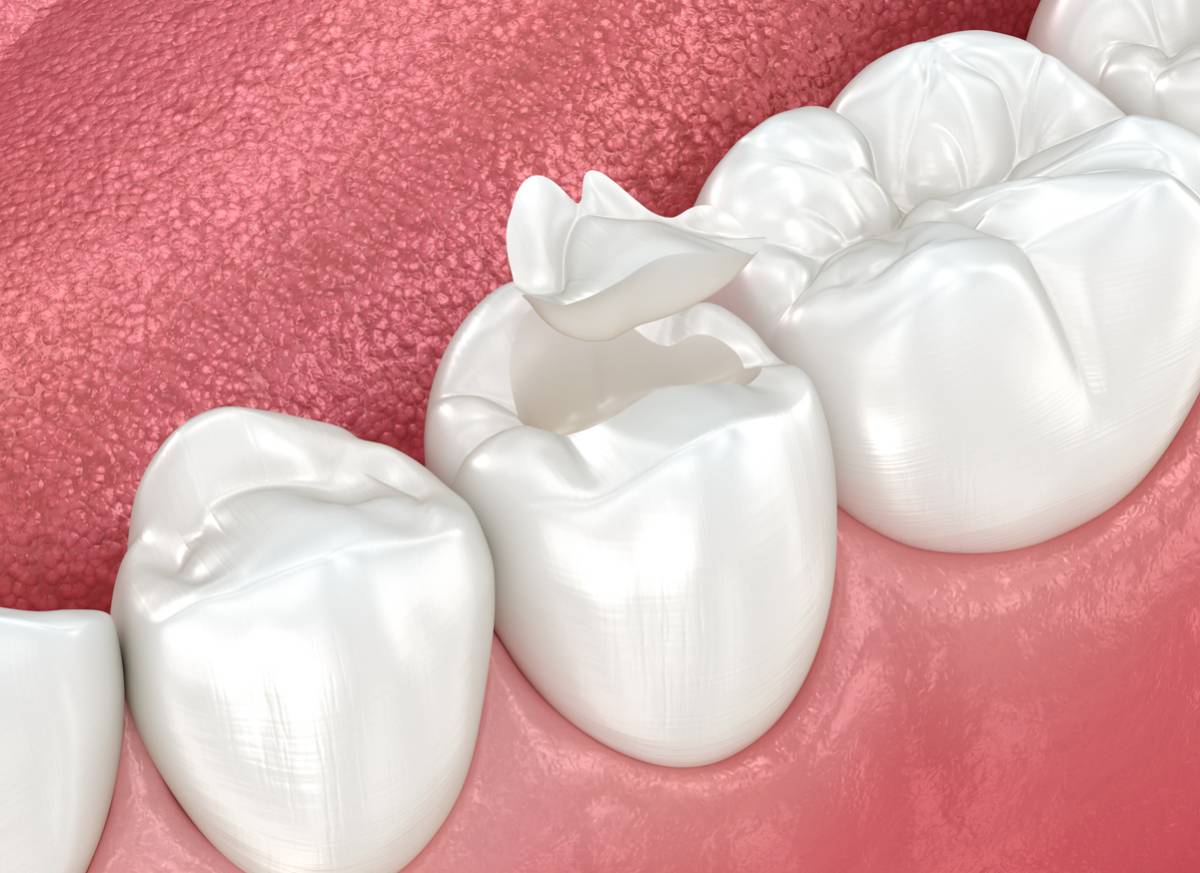When forced to face a cavity or tooth damage, many patients find themselves wondering: Is an inlay better than a filling? It’s a great question, but one that really depends on factors like the size of the cavity, the strength needed for restoration, and, of course, any personal dental goals. If you’re looking for a solution that balances durability with aesthetics, it is important to understand just what makes inlays and fillings so different.
The Difference Between Inlays and Fillings
Before diving into whether or not inlays are better than fillings, we first need to understand the difference between the two.
- Fillings: One of the most well-known dental solutions used to restore the function and integrity of a tooth damaged by cavities or decay. Getting a filling involves removing the decayed parts of the tooth and filling the gap with a biocompatible material like composite resin, amalgam, or glass ionomer.
- Inlay: Compared to fillings, inlays are a more substantial dental restoration. Unlike a filling, an inlay is custom-made in a dental lab to fit perfectly into the prepared area of the tooth. It is made from durable materials like porcelain, ceramic, or composite resin.
Is an Inlay Better Than a Filling?
So, which is better? That depends on the specific dental scenario and needs of the individual patient. For smaller cavities or minor damage, a simple filling is usually the more practical choice. However, for larger areas of decay that might not do well with a filling, inlays tend to perform better and hold up longer.
This is because, while quicker and more affordable, fillings tend to be less durable over time. They can shrink or crack under pressure, especially if placed in areas of the mouth that experience a lot of chewing force. Inlays, by contrast, have a custom fit and are more durable. This means they’ll last longer and evenly distribute pressure across the tooth during chewing.
There is also the option of an onlay, which is closely related to an inlay. The biggest difference is in the extent of coverage for the tooth. Inlays fit inside the cusp tips of the tooth, allowing them to repair damage within the central part. Onlays, on the other hand, extend over one or more of the tooth’s cusps, so they’re the better choice for even greater damage or decay that doesn’t quite need a crown.
The Advantages of Inlays Over Fillings
When it comes down to it, inlays have several notable advantages over fillings that often make them a better choice during dental restoration. These include:
- Durability and Longevity: Since inlays are made from stronger, more durable materials (like porcelain or ceramic), they tend to last longer than fillings. The typical filling might last 7 to 15 years, while inlays can last anywhere from 10 to upwards of 30 years!
- Precision Fit: Inlays are created in a lab with precise impressions of the tooth, meaning they have a snug, perfect fit for better comfort and functionality.
- Aesthetic Appeal: Since inlays are often made from tooth-colored materials, they blend in more seamlessly with the natural tooth. On the other hand, fillings are often silvery in material, so they stand out more in comparison.
- Strength and Support: Unlike metal fillings, which can shrink or expand over time, inlays offer better structural support. This reduces the risk of damage to the underlying tooth or even fractures in surrounding teeth.
- Improved Sealing: The snug fit of inlays provides an excellent seal that helps prevent bacteria from infiltrating and causing further decay.
Downsides of Inlays Versus Fillings
While inlays clearly have the advantage over fillings in most cases, that doesn’t mean they are without flaws. Some of these downsides include:
- Cost: Compared to fillings, inlays can be quite a bit more expensive due to the materials used and the custom manufacturing process.
- Time: Because inlays are made in a dental lab, the process requires at least two visits. On the other hand, your dentist can usually complete a dental filling in a single appointment.
- Complexity: The placement of an inlay involves a more involved procedure, meaning more care and expertise from the dentist.
Making the Right Choice for Your Smile
So, is an inlay better than a filling? In many, if not most, cases, yes! It comes down to durability, looks, and long-term protection, and inlays tend to come out on top. Still not sure which solution is best for you? Schedule a consultation with East Highland Dental today and let our experts help you achieve a healthy, beautiful smile!

